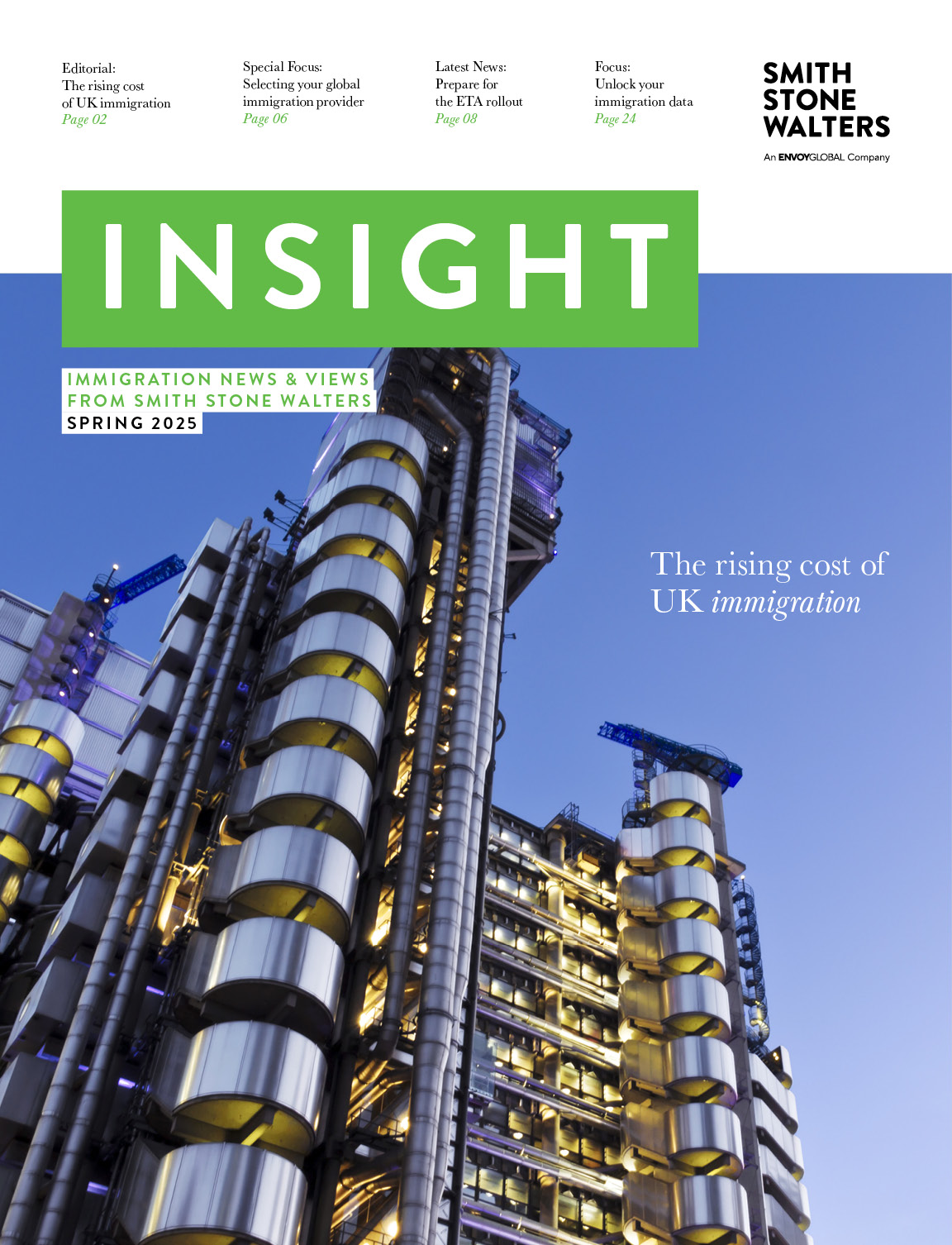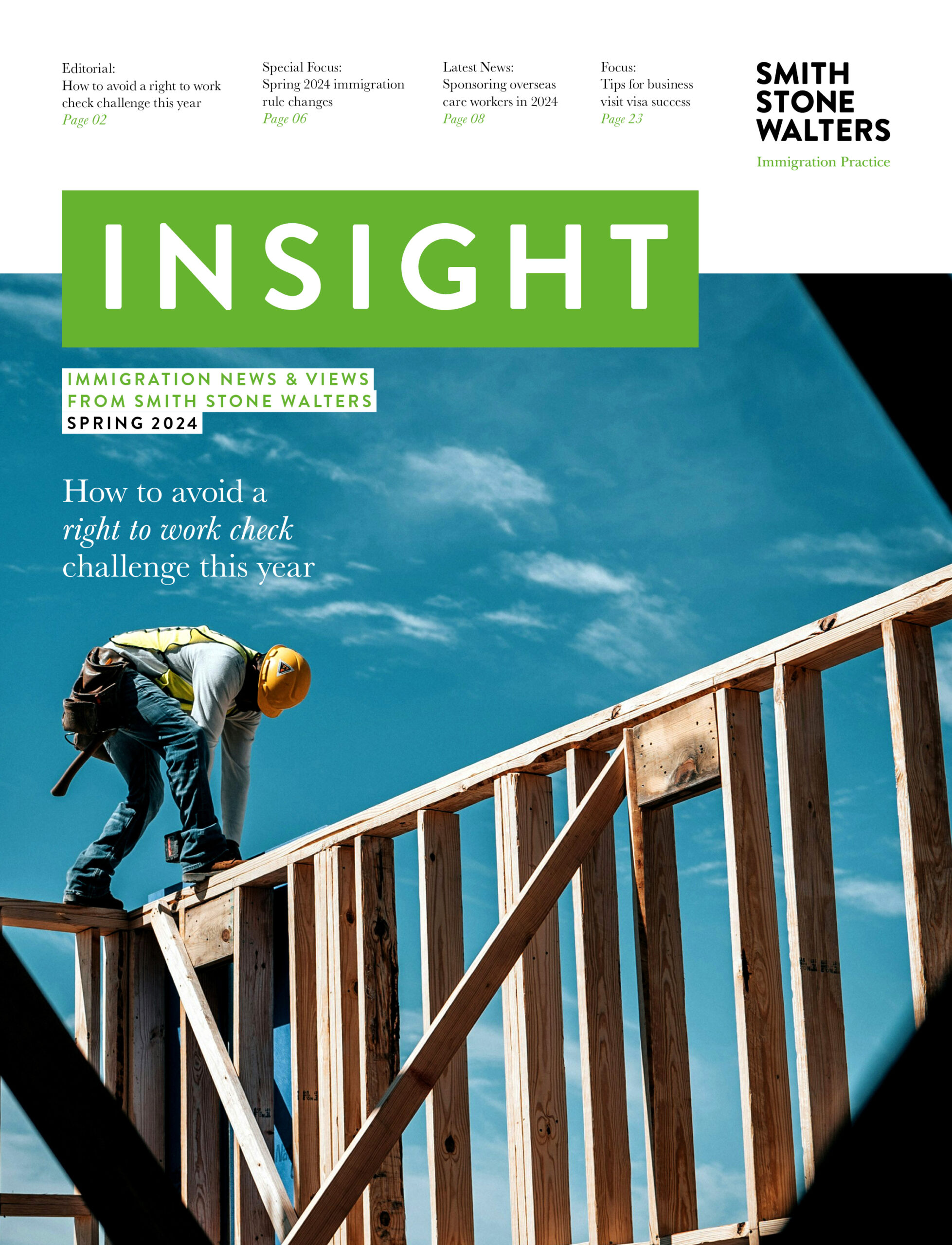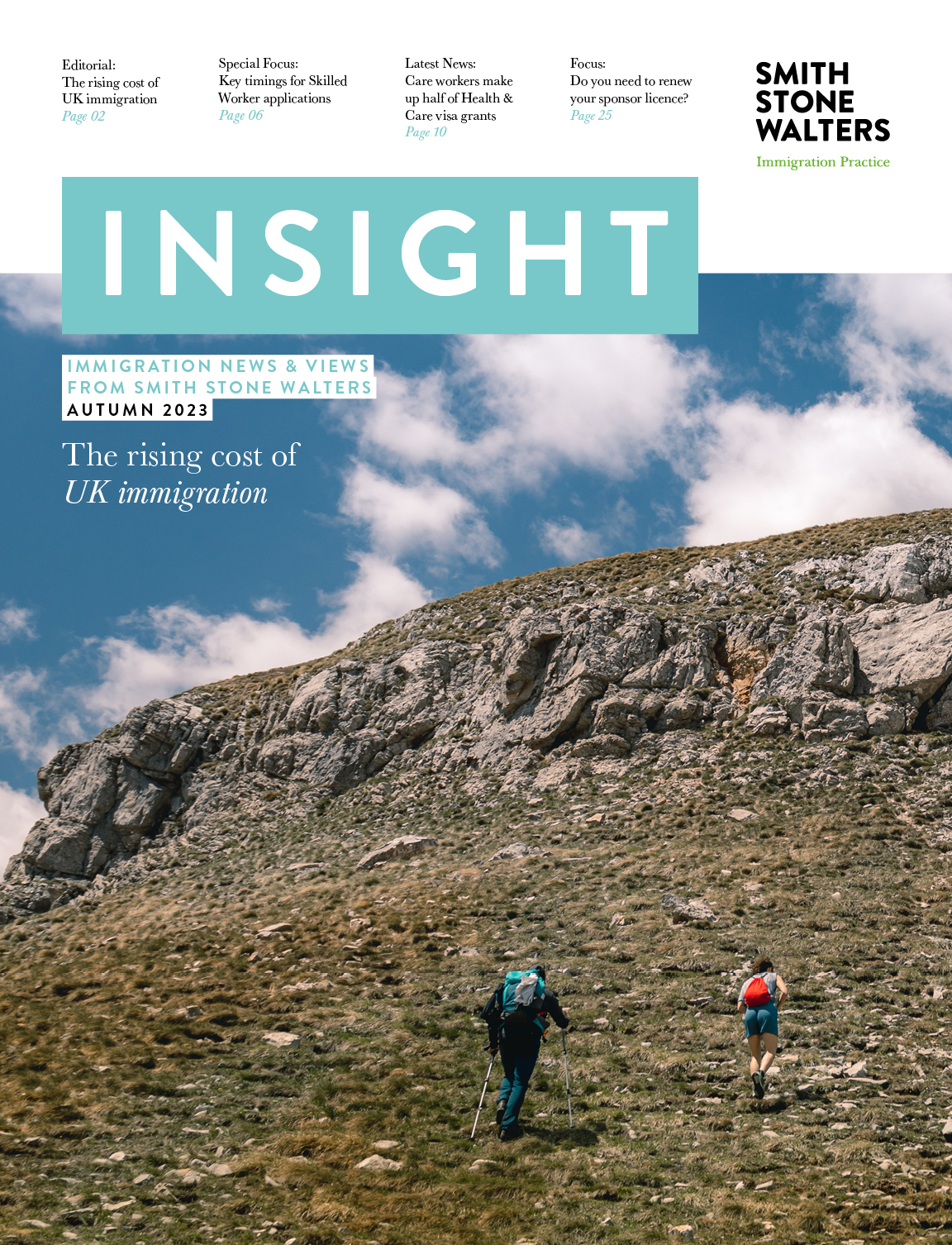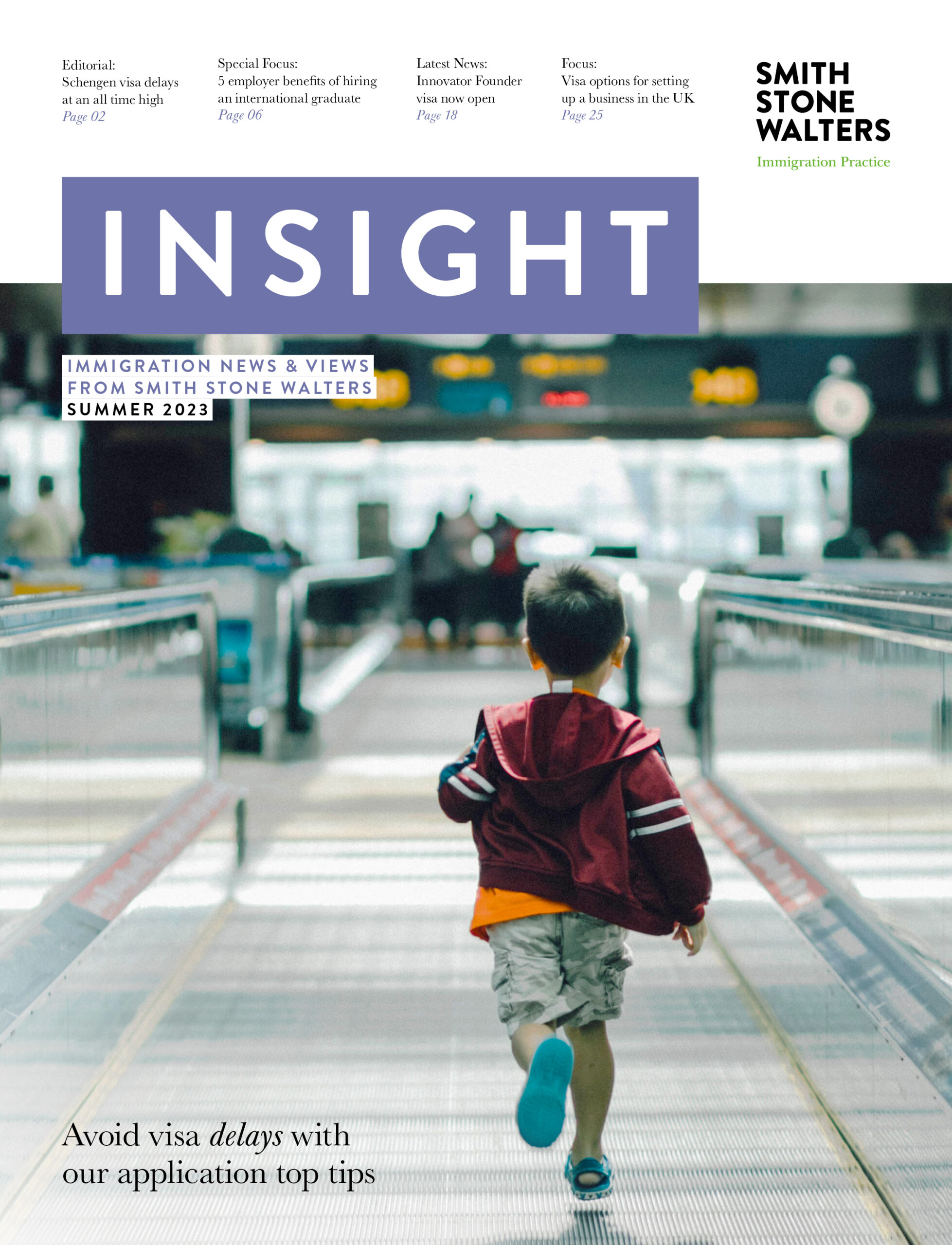New Zealand: Further immigration changes announced
Immigration New Zealand (INZ) has announced further changes to the immigration rules affecting those seeking to work in the country.
Working Holiday Visas
Working Holiday Scheme (WHS) visa holders now have more time to travel to New Zealand after being granted new visas.
The new visas give the visa holder a further three months to enter New Zealand. WHS visa holders have until 31 January 2023 (NZDT) to arrive in New Zealand.
All new visa holders will have open work rights (excluding permanent work) and can work in New Zealand for 12 months from their first arrival. Their new visas will allow them as a visa holder to make multiple entries in and out of New Zealand.
Those eligible can check their new visa via the Visa Verification Service.
The new visas are part of a series of changes for WHS visa holders, announced in August 2022. The changes help increase access to working holiday makers already in New Zealand, and those looking to travel to New Zealand:
- Extending the visas of working holiday makers already in New Zealand with visas expiring between 26 August 2022 and 31 May 2023 by 6 months.
- Doubling the Working Holiday Scheme caps with a one-off increase to recognise the spots that were unused last year due to the border restrictions. This could mean up to 12,000 more working holiday makers may come to New Zealand over the next 12 months.
- The capped Working Holiday Schemes that still had open spaces, had their caps doubled on 8 September 2022, and remained open.
- The capped schemes that had already filled and closed, began re-opening with extra places available from 8 September, and will all have re-opened by early December 2022. This will ensure each country gets the benefit of this year’s allocation.
Accredited Employer Work Visa Sector Agreements
Effective 31 October 2022, INZ has instituted sector agreements which allow foreign workers on an Accredited Employer Work Visa (AEWV) in certain industries to be paid below the current median rate.
The following sectors can pay less than the median wage:
- tourism and hospitality
- the care workforce
- seafood processing (onshore)
- construction and infrastructure
- meat processing
- seasonal snow and adventure tourism
There are also stand down periods that apply for some sectors. This means that an AEWV holder paid below the median wage must spend a set amount of time outside of New Zealand before they can get another AEWV at below the median wage. When their visa expires, an AEWV holder paid below the median wage can move onto another visa type or onto another AEWV paid at the median wage or higher. However, any further time spent in New Zealand will not count towards the stand down period.
The number of foreign workers paid below the median wage in the seafood and meat processing sectors is also capped.
Full details of the sector agreements are here.
Care Workforce Work to Residence Visa
A work to residence pathway for care workers will be available from September 2023. This pathway will allow care workers who are paid NZD $28.25 an hour (level 4) of the Support Workers (Pay Equity) Settlements Act 2017 to gain residence after 24 months.
Support with New Zealand immigration
If you are applying for a visa to work in New Zealand and require support with the process, Smith Stone Walters can help. Our dedicated Global Immigration team are on hand to provide support through the entire process, from initial consultation to delivery of your visa and post-arrival assistance.
To find out more, please contact us today.










